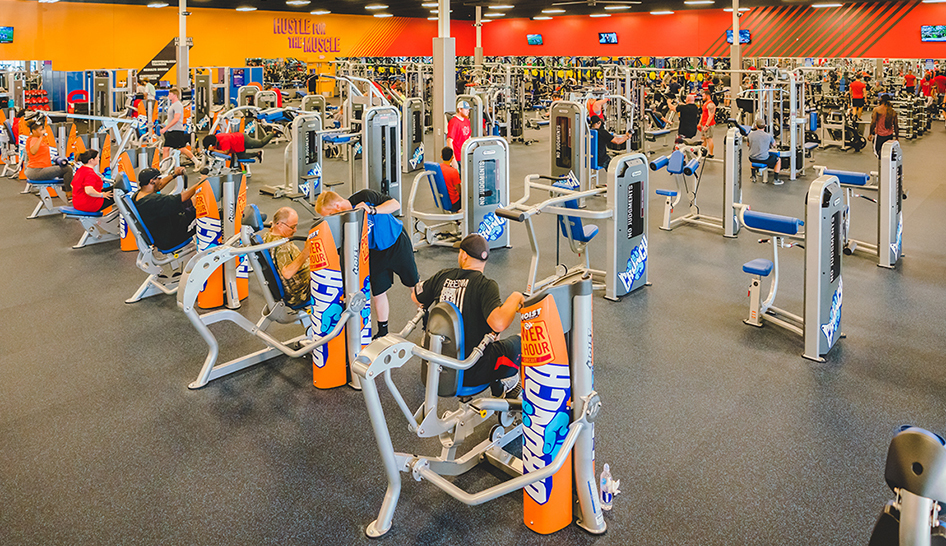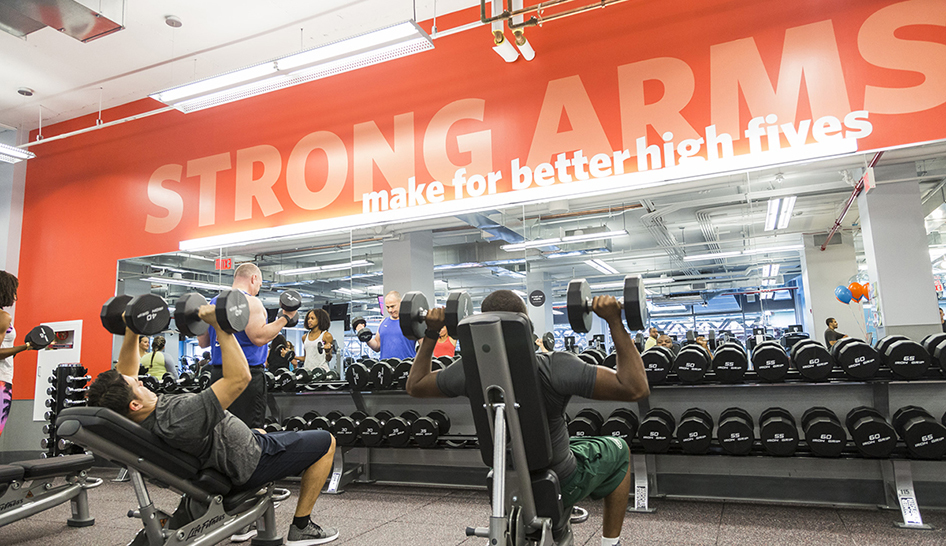1. Member experience begins before your members even set foot in the gym
Transparency with your members and community is highly valued during this uncertain time, panelists said. And consumer confidence may be low.
“I think that the best thing that we can do is to try to inform our members well before they even step foot out of their homes and start to make their way to the gym,” Magazine said. “[We] provide them a sense of what our experience is and what we're doing in order to make sure that they feel confident in coming back to the gym.”
Before committing to coming back to the gym, you will have members who will first want to see what measures are being used to protect both them and your staff. For both Blink Fitness and Crunch Fitness, cleanliness has always been a part of their brand identity, so many of their normal processes will continue. Cleanliness will have a heightened impact on overall club culture, as staff and members will need to take on renewed responsibility in the club.
2. The uses of different sections of the gym will vary by state
Consider what sections of your club you can keep open and what may need to be reconsidered—or reworked—to make it functional under new state mandates. For example, lockers may not be available, but that doesn’t mean you can close the entire locker room, the panelists advised. If your locker space also includes restroom space, operators will need to determine a new traffic flow and ways to close off individual lockers, showers, sauna access, and more.
“Locker rooms are not going to be available to members...we're going to have to block those off,” Magazine said. “In most cases, we're going to zip tie most of the lockers. Where locker rooms are available, we will zip tie groupings of lockers to enable their six feet of social distancing as well.”
Similarly, you’ll need to think about and walk through the entire member experience with these new restrictions in place. Try out the member experience on your own in order to find any potential challenges that can be solved.
3. There will be new—and creative—approaches to cardio and free weight space
Similar to the new flow of traffic in locker rooms, you’ll also need to revisit how you use cardio and free weight areas. Many clubs are blocking off cardio equipment or completely removing free weight items in order to assure social distancing. Some are installing shields between pieces of equipment.
The Crunch Fitness and Blink Fitness approach is to place signage on cardio equipment. They will also unplug them so they will not be functional for the member.
Adhering to these new regulations seems to be easier with cardio equipment than the free weight area, where equipment like benches and dumbbells are often moved around.
Magazine mentioned the true challenge isn’t in equipment setup, it’s in the enforcement of the new rules.
“It will be a combination of moving of equipment, pulling out plugs of equipment, and then making sure that [staff] are ...constantly monitoring,” he said. “The true challenge is when you have mats, balls, and bands and things that people are using and putting back….Those are many things that people usually don't clean as well as they should.
“Our instinct is to take some of those off the floor—either store them up at our front desk and our staff will clean them and people will check them out—or remove them from the floor entirely and let people either bring their own, or sell them. So we're looking at some different options.”


